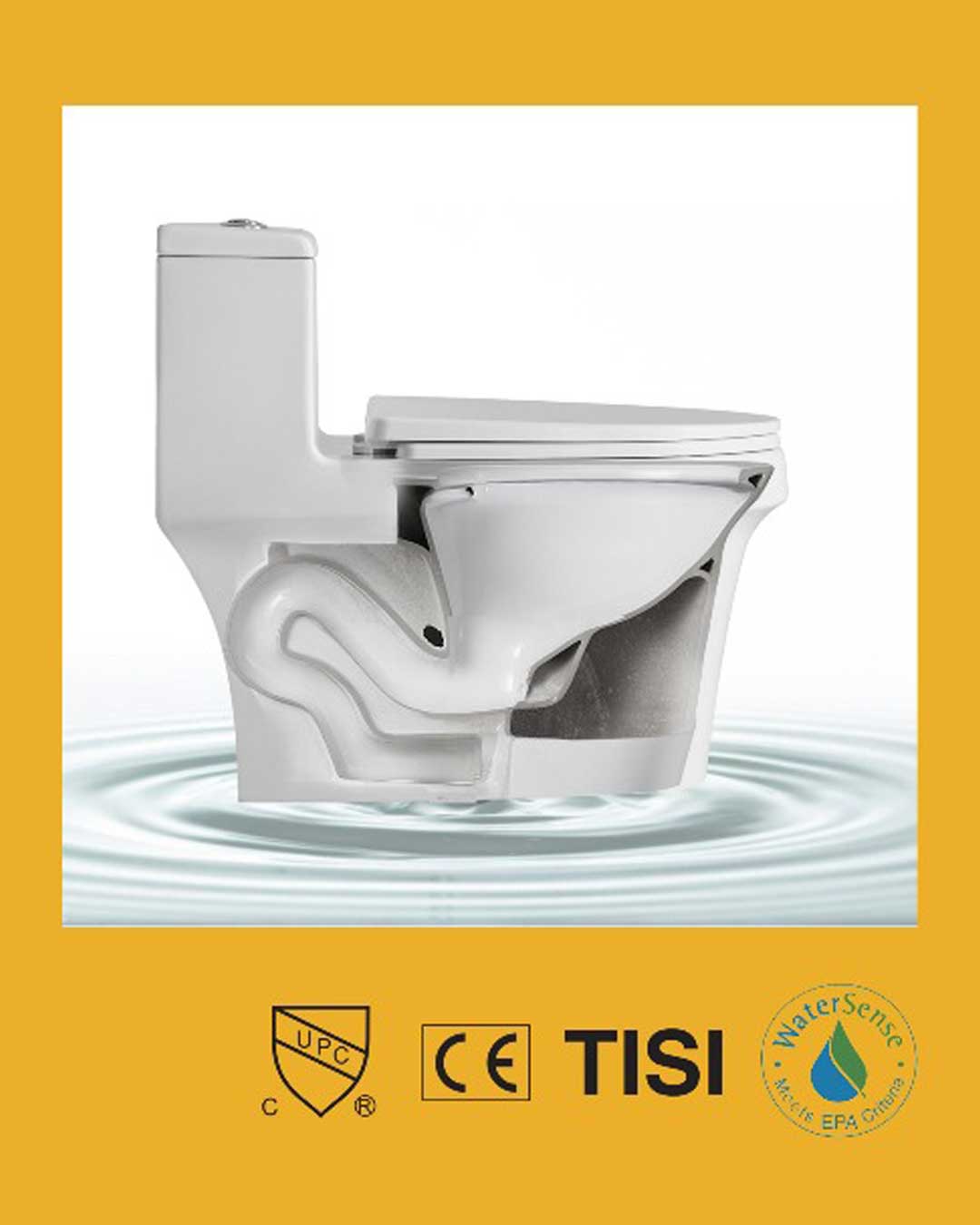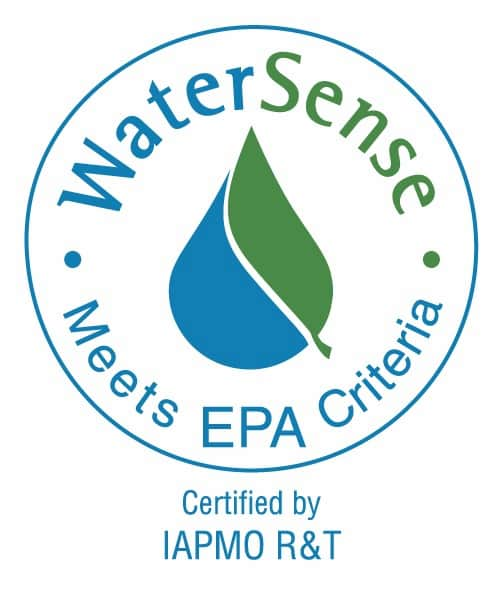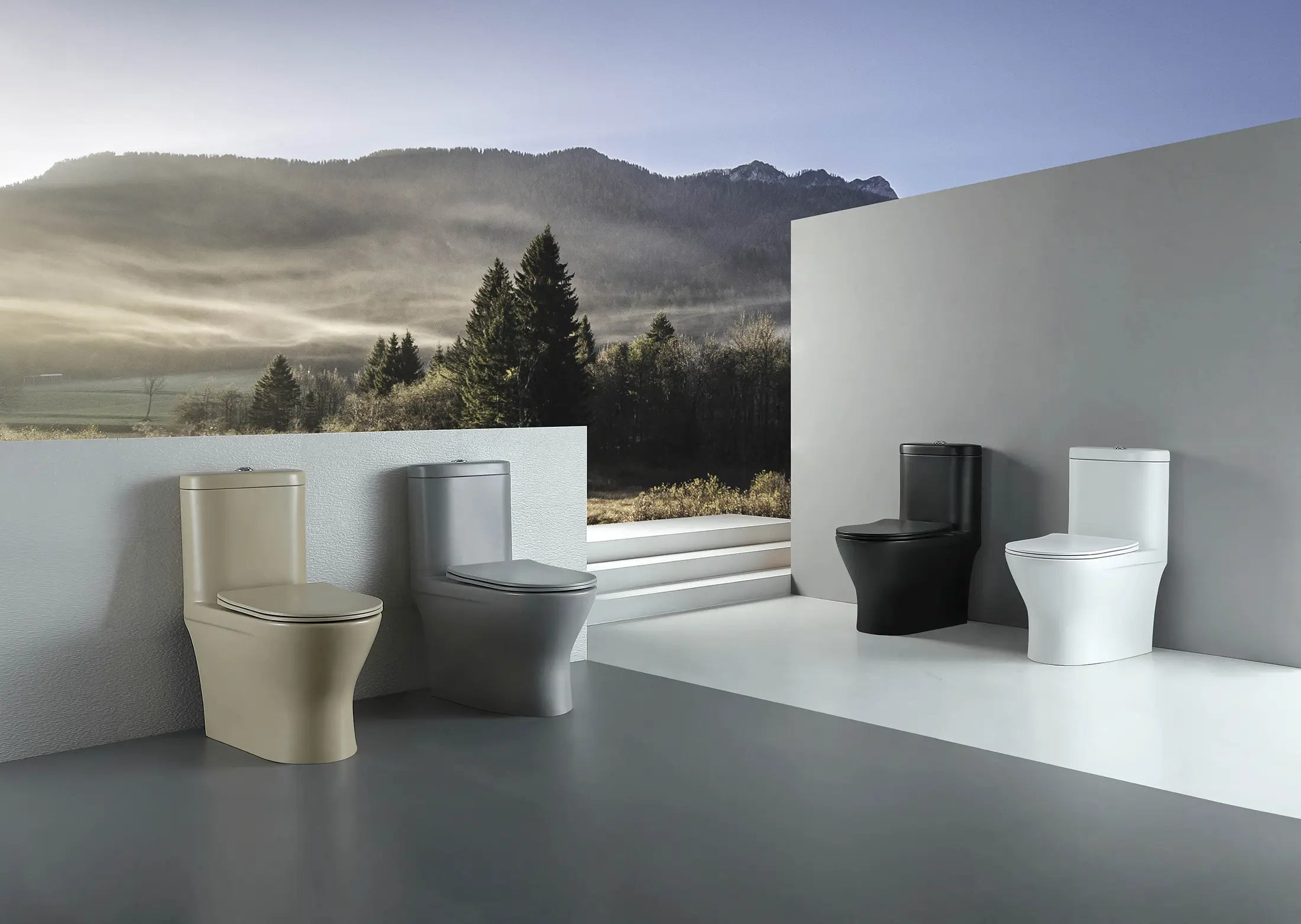A trapway is the bended pipe where waste or flushed dirty water leaves the toilet bowl to the drain tube that connects with the sewer system. The bend in the pipe forms a water seal that prevents odors to rise, so it becomes a trap. There are two main trap forms in plumbing regarding toilets: S-Traps and P-traps.
S-trap
S-traps are traways which shape is like a letter S and there is where the name comes from. S trap drain outlets in toilets are always to floor then all S-trap toilets are necessarily floor standing. On the other hand, S-trap toilets could be either Wash down or siphonic toilets.
P-trap
P-trap is a traway which shape is like a letter P and that is where the name comes from. P trap drain outlets in toilets are always to wall. P-trap toiles could be either floor standing, or wall hung. But all P-trap toilets are only Wash down since Siphonic toilets are restricted to S-traps.
Trapway glazing
Trapways can be fully glazed or not, semi glazed and partially enameled painted.
It is always better to glaze the trap way because they become slippery and water can run smoothly through it preventing clogs and water filtration in porous ceramic. Non could weaken the structure or cause odors in the long run. Glazed trapways can also grant a more powerful flush to toilets though toilets with such traps tend to be more expensive for the extra material and complex labor involved.
Wash Down toilets tend not to have a fully glazed trapways because their pipes are larger in diameter and shorter in distance then there is not much sense to glaze a toilet which hardly clogs and where water finds its way out very fast. Being the trapway diameter also larger in these kind of toiles, the process of glazing the trap becomes very expensive too.
Rough-in
For S-trap toilets, rough-in is the distance from the wall to the center of the drain outlet in the floor. In S-trap toilets, rough-ins come normally in standard distances such as 200, 250, 300 and 400 mm.
For P-trap toilets, the rough-in is the distance is all the way around: from the floor to the center of the drain outlet in the wall. The most common rough-in in P-trap toilets is 180 mm.
Some toilets can be adjusted to have different rough-ins. for example, the one-piece toilet LX-2083 can be either P-trap 180 mm or S-trap 250, 300, 400 mm. Client must be aware of it and know what the standard in his country is. For instance, the most common rough-in in USA is 12” (300 mm) as well as in some Latin American countries which took the plumbing customs from USA. For some other countries like Chile or Jamaica, P-trap 180 mm rough-ins are very common and may co-exist with S-traps.
Flushing systems
The modern invention of flushing toilets goes back to about a century ago when Wash Down toilets were invented in Europe where they are still very popular.
On the other hand, siphonic toilets were invented later in USA where they are the standard for the market.
Wash down
The flushing functioning of these toilets are based on gravity meaning the water is flushed by the outlet valve in the tank and its falling force pushes the waste through the trap.
Wash down toilets have a very shorter trap which makes them normally smaller in length. They also look like skirted toilets because they do not have large trap ways as siphonic toilets do.
The diameter of the trap way is normally larger than siphonic toilets, so it helps prevent clogs.
Siphonic
Siphonic toilets functioning is based on gravity as Wash Down toilets but also on the physical discovery of the siphon which very simply explained is the way in which water tends to level between two sides once they are connected through a pipe, in this case the trap way.
To make a siphon effect, the trap way needs to have certain longitude and that is why the trap way is longer than other toilets and traditionally visible.
Siphon jet
Siphon jet was included later to siphonic toilets and it consists of a water jet in the base of the bowl which helps push waste even more into the pipe, giving the toilet extra flush power.



